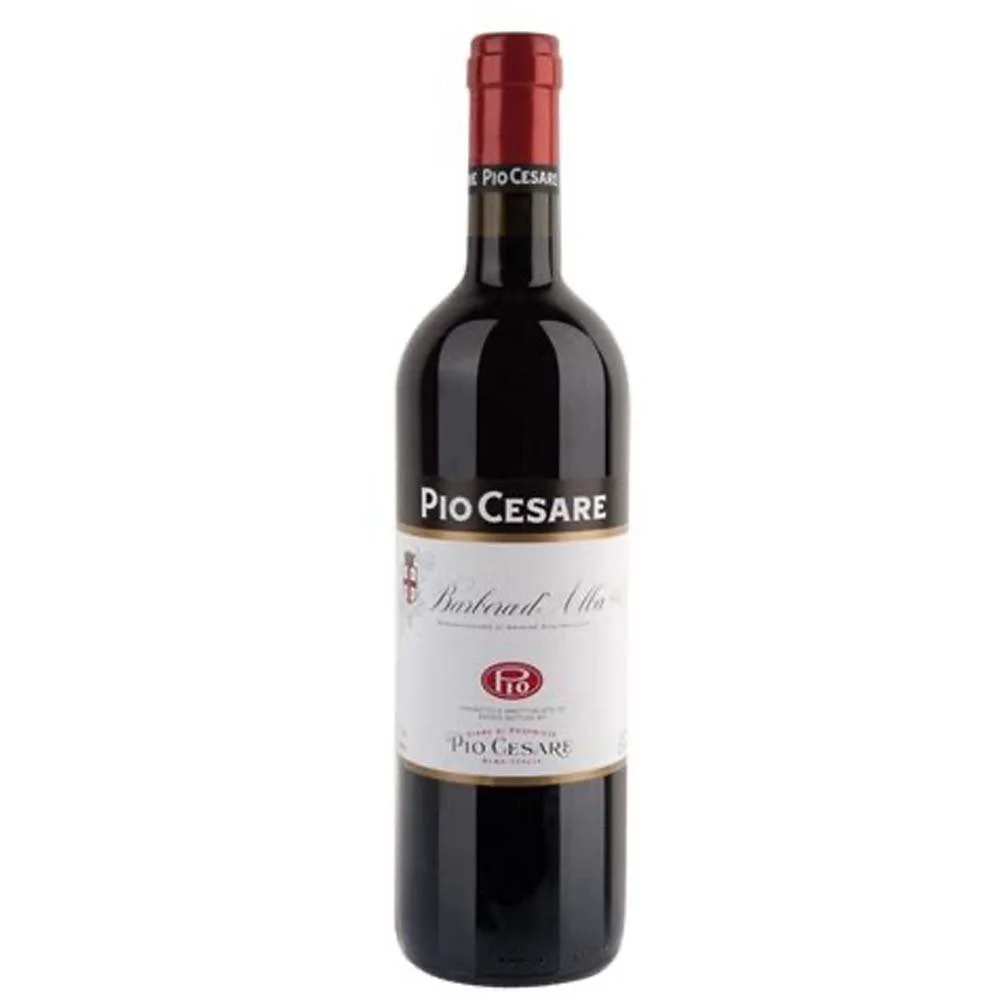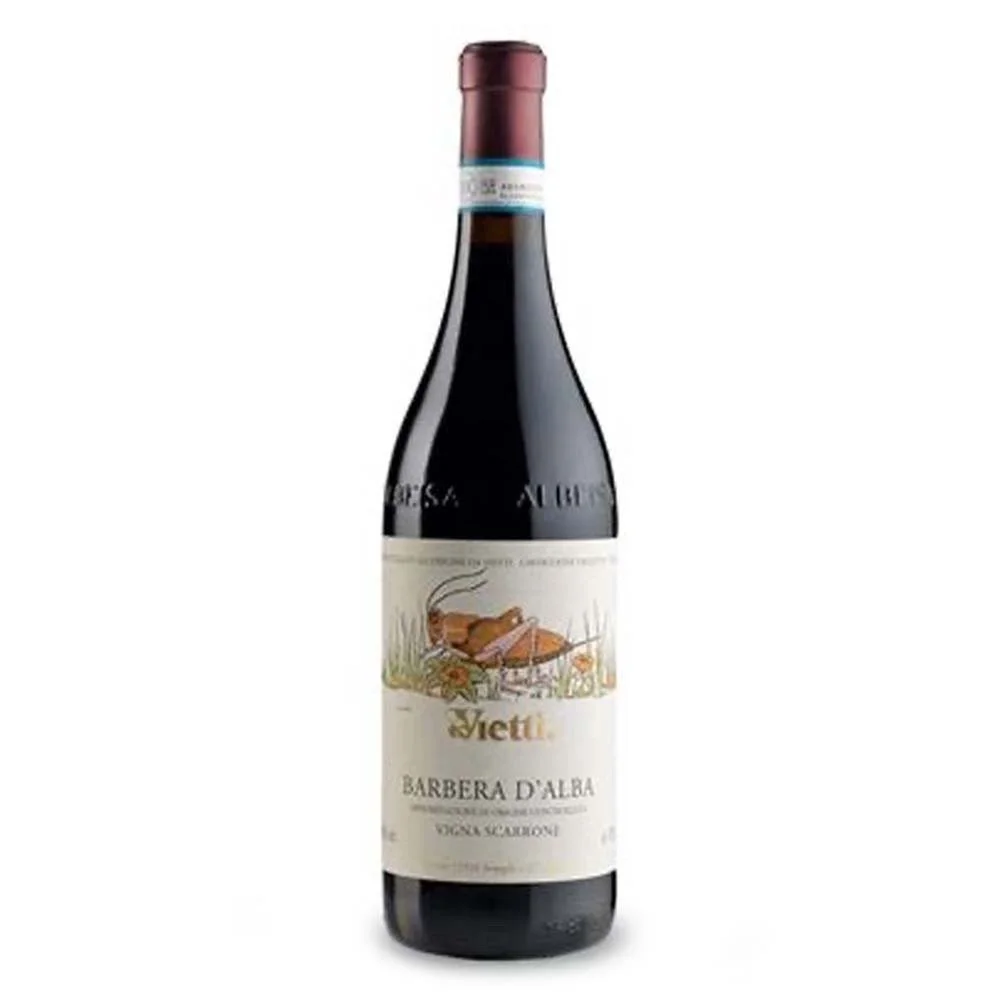BARBERA
Bright Red Energy With Italian Charm
Barbera is one of Italy’s most versatile and food-friendly red wines, beloved for its vibrant acidity, juicy fruit, and approachable style. Native to Piedmont, it offers immediate drinkability with enough depth to satisfy serious palates. Barbera's hallmark is its balance of ripe red fruit and refreshing lift, making it a go-to red for casual dinners and classic Italian fare.
Key Characteristics
Barbera is typically medium-bodied with high acidity and low to moderate tannins. It delivers generous red and black fruit flavors, often complemented by notes of spice, earth, and herbs. Styles range from fresh and unoaked to richer, barrel-aged expressions.
Style
Still, red
Body
Medium
Acidity
High
Primary Grapes
Barbera
Typical Flavors
Cherry, raspberry, blackberry, violet, licorice, black pepper, earthy spice
Origin & History
Barbera has deep roots in Piedmont, where it’s been cultivated for centuries and was long considered a “people’s wine”—plentiful, easy to drink, and affordable. It thrives in regions like Asti and Alba, each offering distinct expressions: Asti is brighter and fruitier, while Alba can be deeper and more structured. In recent decades, better vineyard practices and careful winemaking have elevated Barbera to a respected status both in Italy and abroad.
How It’s Made
Barbera is typically fermented in stainless steel to preserve its vivid fruit and acidity. Some producers age it in oak barrels to add texture, depth, and complexity. Its naturally low tannins mean it doesn't require long aging, though premium versions can evolve beautifully over time.
Notable Regions
Barbera is grown throughout northern Italy and has found success in the New World, but its heart remains in Piedmont.
Barbera d’Asti
DOCG
Fresh, vibrant, and aromatic with emphasis on red fruit
Barbera d’Alba
DOC
Richer and fuller, often with more oak influence
Nizza
DOCG
A top-tier subzone of Asti, known for powerful, age-worthy wines
United States
California
Bright, fruit-driven styles often with soft tannins and spice
Argentina
Mendoza
Juicy and ripe, with a New World expression of Barbera’s acidity
Food Pairings
Barbera’s zippy acidity makes it a perfect partner for rich, savory foods and tomato-based dishes.
Pasta
Spaghetti Bolognese, penne arrabbiata, lasagna
Meats
Italian sausage, pork chops, meatballs
Cheeses
Fontina, Taleggio, Grana Padano
Vegetarian
Eggplant Parmesan, mushroom risotto, roasted red peppers
How to Serve It
Glassware
Universal red wine glass to focus fruit and freshness
Temperature
58–62°F (14–17°C)
Storage
Store on its side in a cool, dark place; best within 3–7 years, though top bottles can age longer
Fun Fact
Though often overshadowed by Nebbiolo, Barbera is the most widely planted red grape in Piedmont and a beloved everyday staple on local tables.
Recommended Producers
These houses exemplify the diversity and craftsmanship of Barbera, showcasing the grape’s versatility across Alba and Asti.
Beni di Batasiolo
A trusted name in Piedmont producing approachable, fruit-forward Barbera with freshness and charm.
La Spinetta
A dynamic estate crafting bold, modern Barbera d’Asti that combines ripe fruit intensity with refined structure.
Pio Cesare
A historic Alba producer known for elegant, balanced Barberas that reflect classic Piedmontese style.
Vietti
A benchmark Barbera house, celebrated for site-specific expressions like Vigna Scarrone that marry depth with vibrancy.
Recommended Pours
Beni Di Batasiolo - Barbera D'alba 2022 — A fresh and juicy Barbera with vibrant red fruit, soft tannins, and a lively, food-friendly finish.
La Spinetta - Barbera d'Asti Ca' di Pian 2020 — A bold and expressive Barbera d’Asti with dark cherry, spice, and a polished, modern edge.
Pio Cesare - Barbera D'alba 2021 — A refined and balanced Barbera showing ripe plum, subtle oak, and signature Piemontese elegance.
Vietti - "Vigna Scarrone" Barbera d'Alba 2021 — A single-vineyard Barbera of great depth and concentration, with black fruit, licorice, and vibrant acidity.





